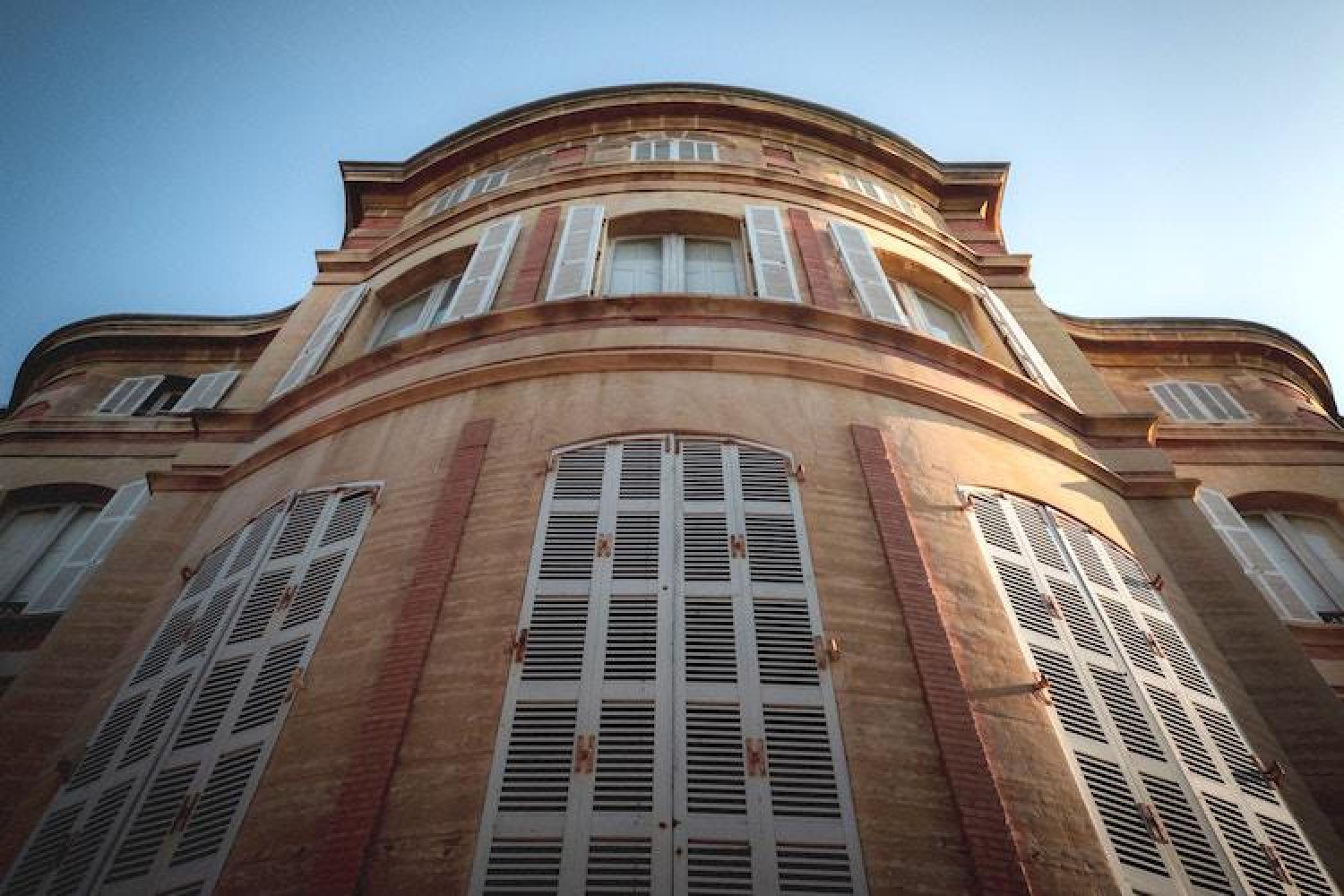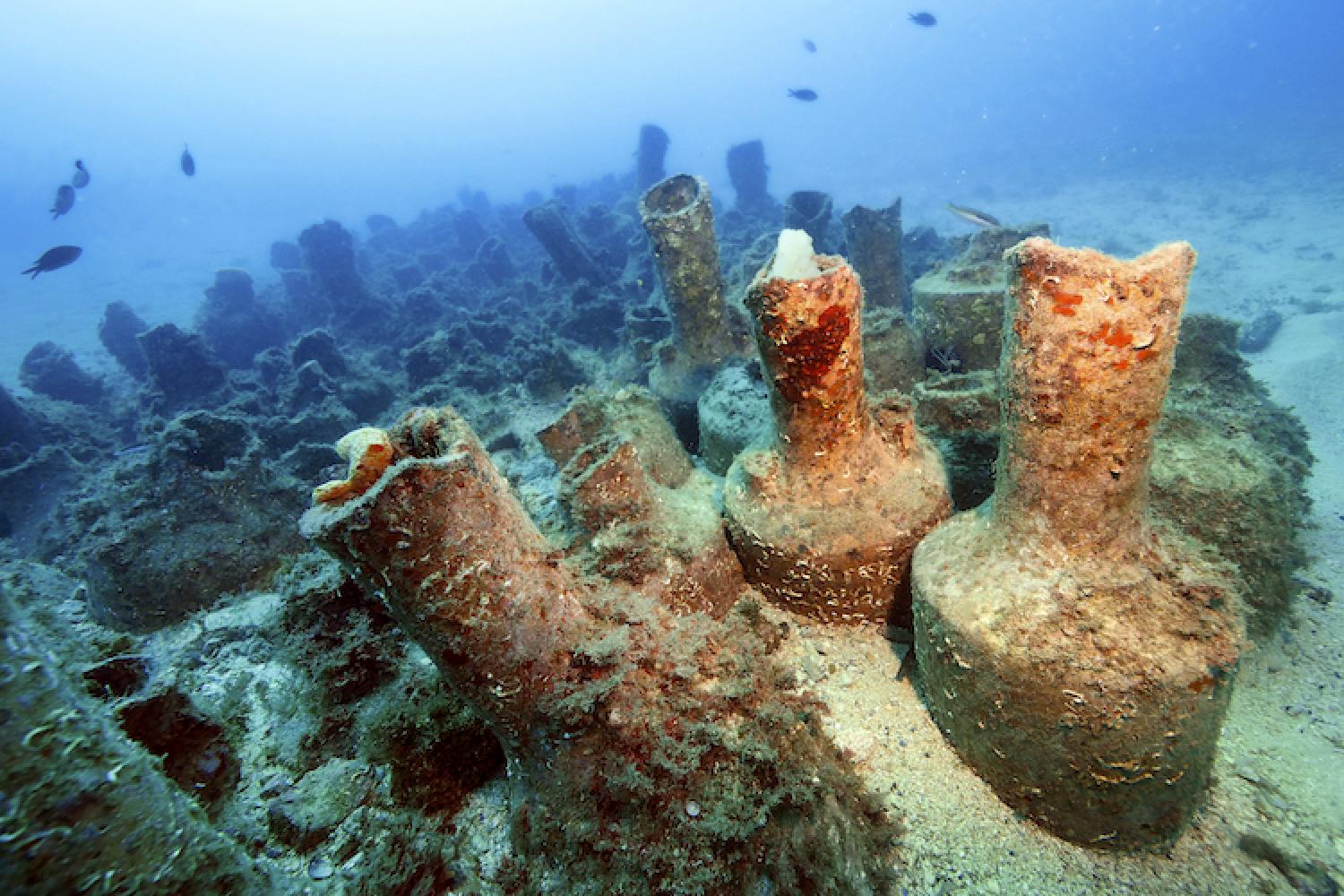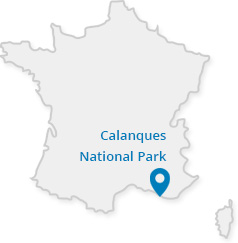The Calanques and humans
A remarkable and diverse heritage
One of the National Park's main priorities is to protect and enhance the cultural heritage. Tangible and intangible heritage is brought together under this heading, which includes archeaology, architecture, health, military and industrial, buildings, as well as lifestyles, small trades, legends and tales, and more.
From disused remains to enduring traditions, ancestral practices to contemporary uses, from geopolitics to the economy, from sports to art, over time, the cultural heritage of the Calanques has shaped the identity of the area, that of a unique culture that is both Mediterranean and Provençal.
An original connection between humans and nature
The first traces of human settlement in the Calanques are symbolised by the Cosquer cave, painted during the Paleolithic period. The first watchtowers date back to the Middle Ages, such as that of Escalette which dates from the 14th century: the Calanques form a natural defence system for Marseille. It was under François Ist, then under Louis XIV, Napoleon and during the Second World War that various forts were constructed and among them the most famous monument in the National Park: the Château d’If.
Agriculture and livestock farming developed from the 16th century, taking advantage of the large areas of hills to build "restanques" (dry stone wall terraces) and graze herds of sheep and goats. Then humans settled permanently in some of the coves, constructing typical buildings: "cabanons" (cabins), connected with the fishing that is still practised today. At the same time, the golden age of life in the bastide developed.
From industrial exploitation to the preservation of sites
The Middle Ages also saw the beginning of forestry, lime kilns and coal mines. In the 19th century, quarries and factories were established: the Calanques, being isolated, seemed at the time to be ideal for industry. Today, these ruins seem out of place in a natural area, where they have left traces of their activities...
From the 1900s, the sites gradually become deindustrialised. 1897 saw the creation of the Excursionnistes Marseillais hiking club and the first walking routes. The beauty of the area was then fully exploited, particularly through painting. The need to preserve this exceptional heritage finally led, on 18th April 2012, to the creation of the Calanques National Park.






 Links
Links